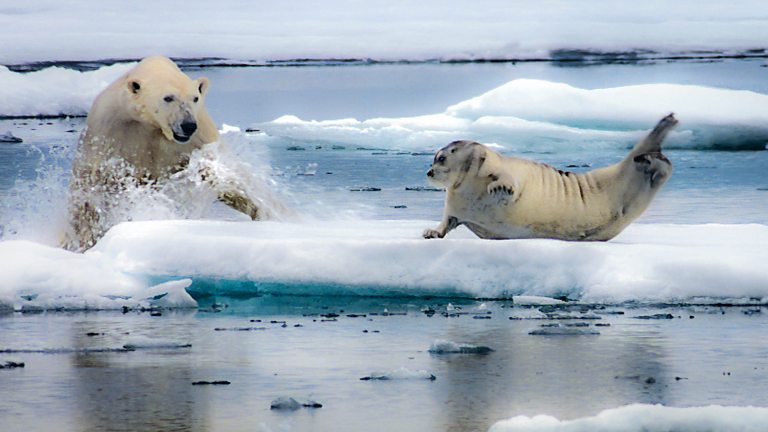

Even a young, two- or three-year-old bear would be a ferocious opponent for a Greenland shark, which can grow to up to 7 meters (23 feet) and weigh more than a tonne. They are hypercarnivorous, meaning more than 70 of their diet. They are omnivorous, happy to hunt or scavenge for a meal. This makes the brown bear one of the largest land predators in the world, and a pure apex predator. These predators can weigh over 1,500 pounds and feature massive paws and large, jagged teeth. These bears are among the largest land animals alive today, reaching heights of 2.5 meters when standing on their hind legs, and weigh up to 770 kg.

They inhabit sea ice within the Arctic Circle but also live on surrounding land masses as far south as Newfoundland. Most shark experts contacted said it was likely the bear was dead before the shark found it. The polar bear is the largest bear species and land carnivore on earth. “We don’t know how active these sharks are as predators.” There are recent documented reports of these predators attacking humans. They may also attack if they feel threatened. Attacks on humans are rare, but when it happens, polar bears tend to go after more vulnerable individuals. “We can’t say whether or not the shark took a swimming young bear” or ate a carcass, she said. Polar bears are described as hypercarnivorous, and it feeds a lot on seals. We don’t know how it got there,” Kit Kovacs, of the Norwegian Polar Institute, told Reuters of the 10 cm (4 inch) bone found in a shark off the Norwegian Arctic archipelago of Svalbard. Scientists researching how far sharks hunt seals in the Arctic were stunned in June to find part of the jaw of a young polar bear in the stomach of a Greenland shark, a species that favors polar waters. Polar bear cub Wilbaer plays with his mother Corinna in their enclosure at the Wilhelma zoo in Stuttgart during his first appearance April 16, 2008. Powerful Predators: Sharks Polar Bears Lions (Rookie STAR: Extraordinary Animals) (Library Edition)Author(s): Lisa M.


 0 kommentar(er)
0 kommentar(er)
